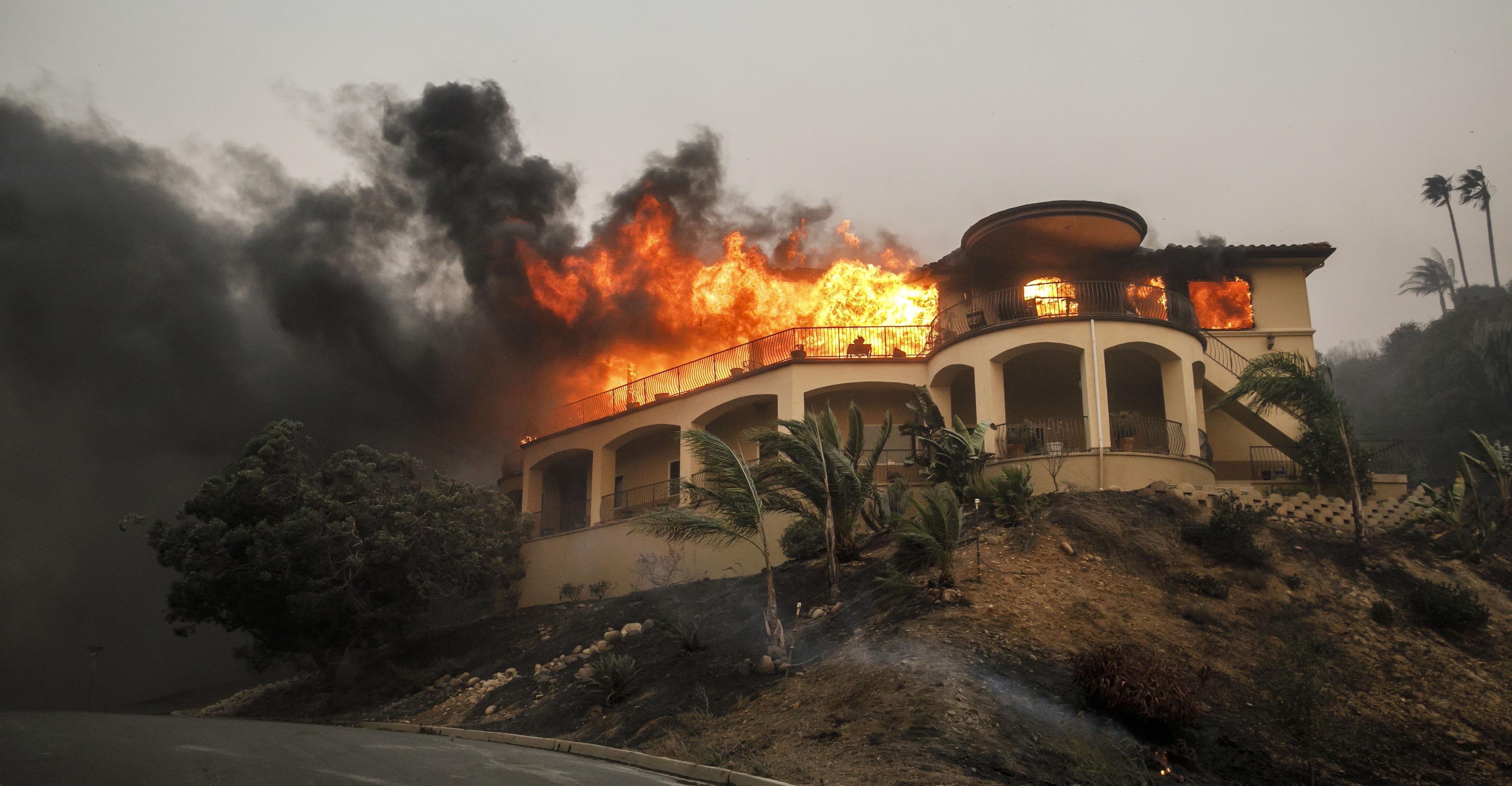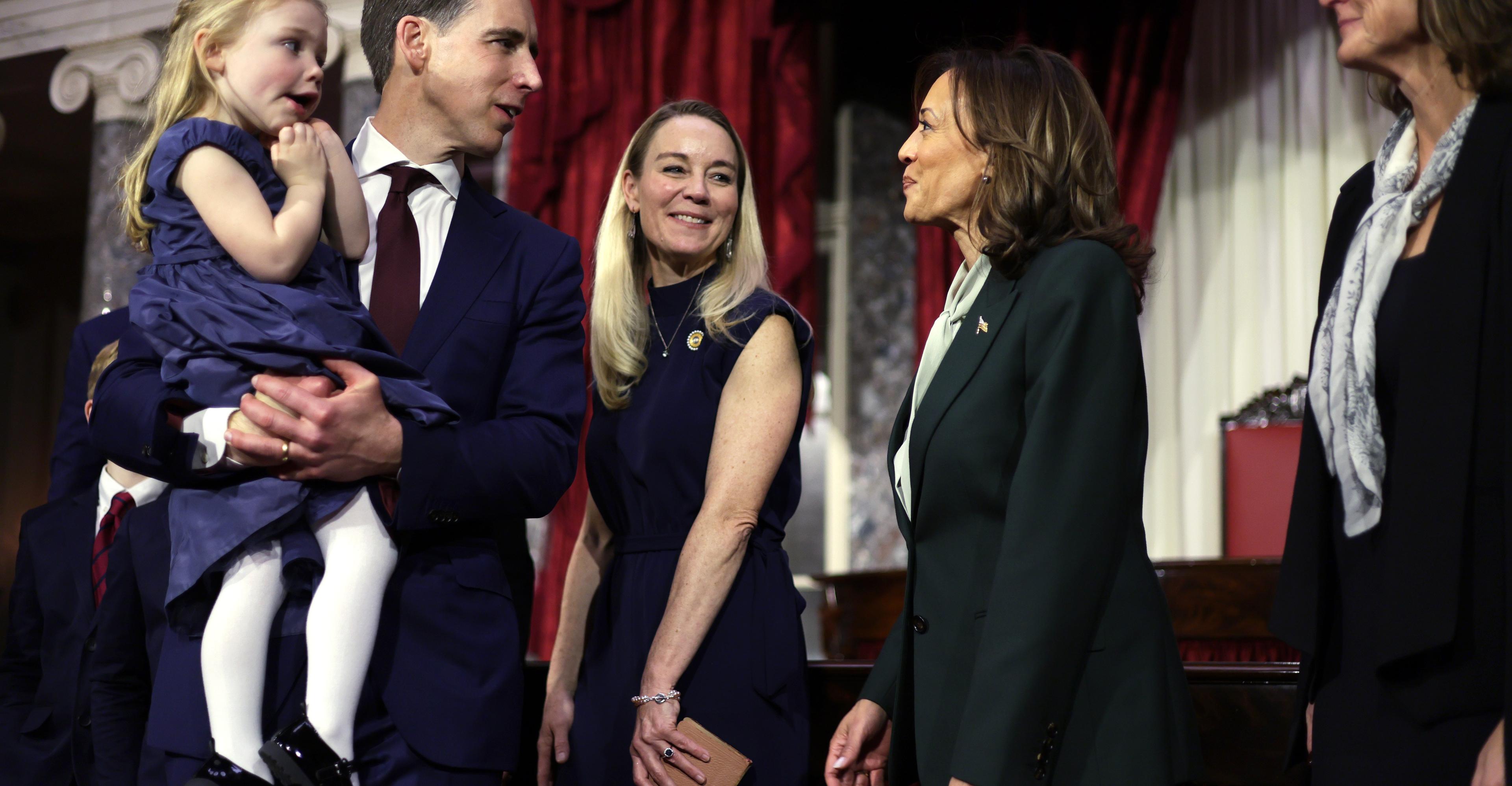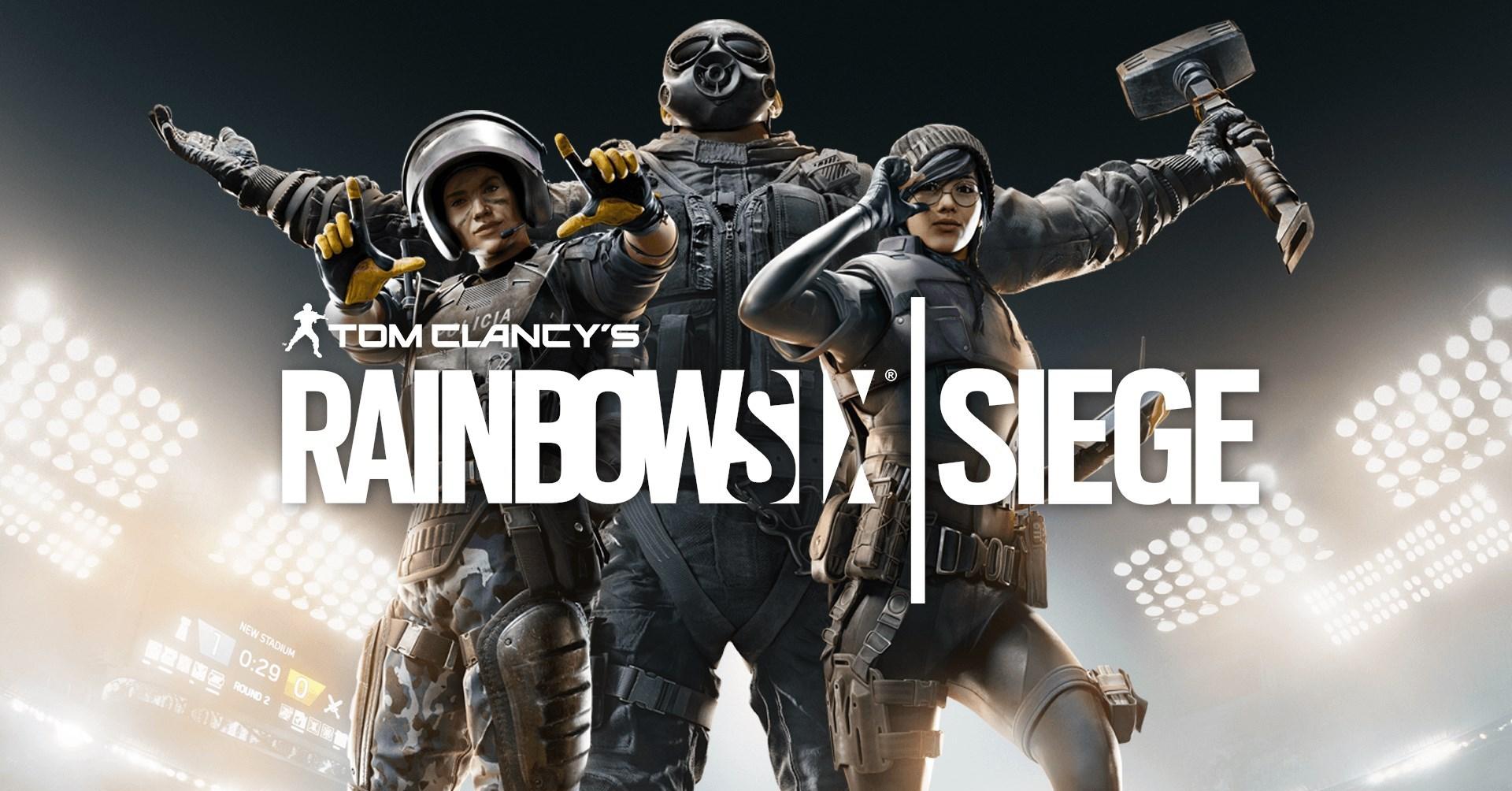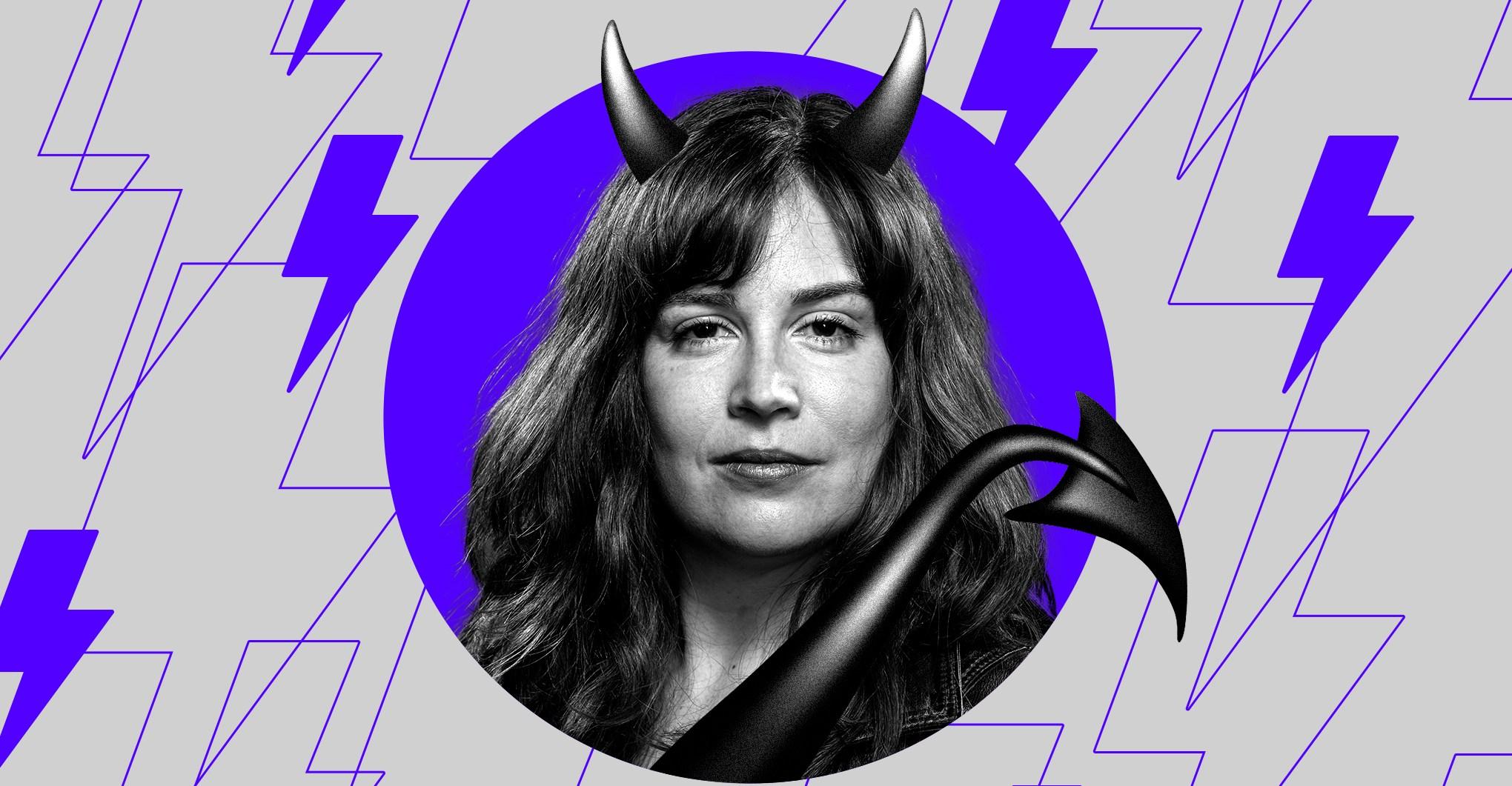The social ties keeping Lahaina fed in the wake of disaster.


MAUI, Hawai‘i — When Hawai‘i Governor Josh Green held a press conference on Wednesday, he revealed the state government’s focus on procuring federal resources, securing housing, preventing land grab profiteering in affected areas on Maui, and coordinating agencies operating in response to the catastrophe. Nearly 2,500 housing units, including hotel rooms and Airbnbs, have been secured for displaced people, and the death toll has surpassed 110 with more than half of Lāhainā yet to be searched.
That was the hard news of it, the nuance of the event was equally important.
A confrontation between Maui County officials and the press over the decision to not sound warning sirens highlighted not only the chaos wrought by the wildfires last week but also the disconnect between people of this place and those who came from the continental United States to cover the disaster and help with the recovery. After defending his decision to not sound the alarms at the press conference, the head of the county’s emergency management agency, Herman Andaya, resigned abruptly on Thursday, citing health reasons. But as someone who grew up in Hawai‘i, and who watched the scuffle unfold from Honolulu, I know the situation is far more complex than national headlines make it appear.
Forty-one minutes into the press conference, Maui Mayor Richard Bissen stepped out of the scrum of officials lined up on stage and stood alongside Andaya to confront a CBS News reporter who had asked about the decision not to sound warning sirens and questioned his qualifications. Andaya had previously served as chief of staff to former Maui Mayor Alan Arakawa and did not have previous direct emergency management experience.
Bissen came forward like a good local boy defending his own. The reporter kept talking over Andaya, demanding answers. Bissen snarled, “You want him to give you the answer? Or you wanna give?” Even with Bissen’s undertone of pidgin English he came through, loud and clear — you gone have one problem you keep this up. “If you want to talk, come up here,” Bissen added after a back and forth. The hint of threat was palpable. Like a tourist surfer exceeding their visitor bounds in a local surf line-up, the reporter was shown his place here, quickly and efficiently. We are not anybody’s “main-land.” This is Hawai‘i. Get it or go. We need help in this terrible catastrophe but people want to be met half-way, in part on our terms.
When reporters asked whether he regretted his decision not to sound the sirens, Andaya said, “I do not.”
:no_upscale()/cdn.vox-cdn.com/uploads/chorus_asset/file/24859299/GettyImages_1611032092.jpg)
To be fair, likely not knowing the lay of the land, the CBS reporter couldn’t have known that sounding the sirens might also have cost many lives by sending people uphill into the fire. The sirens he asked about were built to be coastal tsunami warning horns, part of a system inaugurated in 1949 in response to the devastating tsunami of 1946 which killed 159 Hawaiian residents — we learned the hard way to seek high ground. Though the sirens do have a range of purposes, mass evacuation in the face of a firestorm bearing down on a major town as fast as 60 miles per hour with temperatures as hot or hotter than 1,000 degrees Fahrenheit is not one of them.
“The public is trained to seek higher ground in the event that the siren is sounded,” Andaya explained at the press conference. “Had we sounded the siren that night, we’re afraid that people would have gone mauka,” or toward the mountains. “And if that was the case, then they would have gone into the fire.”
There are no sirens upland where the fire had blazed. They aren’t designed to be heard upcountry, incredibly loud as they are. For those standing at the podium, from this place, members of the media appeared to have committed a grave sin: that of assuming an understanding of Hawai‘i, from an outsider’s point of view which only rarely is at all accurate. And in this disaster, people here are sick of it.
It is important, at this point, to note that Hawai‘i was once a politically thriving, progressive monarchy, then an illegally overthrown republic, and then a United States plantation colony and military garrison. It is still effectively a collection of garrison towns, bearing little relation to the way life is lived on the American continent at large. Media as well as non-local emergency response from other states and the federal government are thrust into a situation that requires them to learn fast — sometimes the hard way — that “the way it’s done” in the continental US is not compatible with the network of community systems and social protocols in Hawai‘i. There is a precipitous cultural competency learning curve that people from the rest of the US just don’t see coming to Hawai‘i, when to them, they are merely working in another one of fifty states.
And frustration isn’t only supplied by people and organizations from the continental US. Like everyone from Hawai‘i, I know we can create it for ourselves too, bountifully.
:no_upscale()/cdn.vox-cdn.com/uploads/chorus_asset/file/24859328/GettyImages_1597900695.jpg)
On Tuesday, August 8, the night that the fires took off and burned their hottest, and as residents and visitors became refugees, Kainoa Horcajo, the leader of Maui Rapid Response, called Greg Shepherd, who has worked for nearly two decades in Maui’s restaurant industry, to tell him that local emergency operations were struggling to feed evacuees. Shepherd is a volunteer manager with the food aid cooperative Chef Hui, and in the hours that followed that call, he helped secure space to prepare meals and meet the local need, well before state or federal emergency assistance arrived. Shepherd told me that the volunteer staff of the newly marshaled Chef Hui Maui response cranked out 600 meals, with virtually no notice, in the middle of the night, as Lāhainā burned to the ground. “It’s a phone call, a group text message. Nobody ever says no — that’s the thing about Maui,” Shepherd told me.
The next morning Shepherd was frustrated by the inertia of meetings and slow decision-making that he says he observed in Maui County’s response. His team had worked a miracle, feeding fire refugees at Wailuku airport that night. The following day, according to Shepherd, county officials were still talking about collecting information in order to start distributing meals. “We’ll probably be at 60,000 meals by the time you guys tell us what you think we should do,” Shepherd told me.
Shepherd and Chef Hui are a critical node in the relationship map of Maui, providing a social safety net during disaster. Their local response had the benefit of an already established ecosystem of farms, ranchers, hunters, fishermen, slaughterhouses, and distributors that supply ingredients for everything from basic local plate lunches to the poshest of resort meals on Maui. As fires swept through Lāhainā, their mission was to feed Lāhainā’s displaced people efficiently, sustainably, and well. In the middle of the climate-charged disaster, Chef Hui’s response provided not only food — but restored dignity.
:no_upscale()/cdn.vox-cdn.com/uploads/chorus_asset/file/24859332/GettyImages_1597902260.jpg)
The level of state support for such efforts is unclear. When I asked whether or not the state had plans to fund or otherwise aid Chef Hui, the governor’s office said my question could not be answered. How could it be? Here was a maverick non-profit in the disaster area taking pressure off a state that was facing its vast post-fire burdens. The state likely could have prepared better for the sort of hell befalling Maui, but this would have required imagining something that, at least for most in Hawai‘i, was unimaginable.
An assessment will come — many will. Right now, we local folks, from the governor to the dishwashers at Chef Hui, are doing everything we can to help our ‘ohana, our extended family, on Maui. That is the urgent work at hand.
Formed in 2018 by local chefs and food service partners, Chef Hui has a mission to serve its communities healthy local food and create a more direct connection to the area’s domestic food systems. On the Friday after the fires started, I visited Chef Hui’s emergency operation at the University of Hawai‘i Maui College Culinary Academy, about an hour away from Lāhainā. Chef Hui’s many local volunteers had been there for days, working around the clock preparing and delivering meals, and by Sunday, the collective had delivered more than 10,000 meals to those displaced by wildfire. It was in the fire zones in Lāhainā and Upcountry where there had been a total absence of food relief coming from official government channels. A week later, Chef Hui told me it was still serving as many as 10,000 meals a day as the county and state still struggled to deliver food aid.
:no_upscale()/cdn.vox-cdn.com/uploads/chorus_asset/file/24859304/GettyImages_1615369855.jpg)
Meanwhile, there is some food aid from organizations based on the continent. The local Salvation Army has been preparing and serving about a thousand meals to refugees assembled in Wailuku’s War Memorial Gym, nearly 40 miles from Lāhainā. Volunteers from World Central Kitchen, a Washington, DC-based nonprofit that provides meals in the wake of natural disasters and man-made crises, are also on the ground, albeit supporting Chef Hui exclusively. When I was there last week, there was palpable tension between local volunteers and those with World Central Kitchen. The principal issue was, as it often is, a lack of cultural understanding. As aid workers traveled to fire and burn zones to deliver food, World Central Kitchen workers weren’t always trusted by people who were grieving and frightened.
As someone from Hawai‘i, I understand the sometimes insular nature of our islands — on top of being innately suspicious of outsiders in a place where tourists regularly behave in ways that are disrespectful of our ‘āina (the land) or Kānaka Maoli (Indigenous Hawaiians) as well as longtime, local residents. There’s tremendous anguish felt here by those who have been priced out of home ownership by real estate costs inflated by speculation, second homes, and investment properties. This place is fraught, an entire state being gentrified, crawling with tourists like a poi dog (that’s a mutt to you, haole) has fleas.
:no_upscale()/cdn.vox-cdn.com/uploads/chorus_asset/file/24859339/GettyImages_1611050884.jpg)
In 2018, I covered the aftermath of the Camp Fire in Paradise, California, which, like Lāhainā, was leveled by a disaster. I thought I knew what to expect in Lāhainā, but it was still a kick in the gut. In my home, on the land that shaped me into the person I am, it was a painful reminder that global warming caused by human activity means that deadly wildfires will be more common — and, unfortunately, stand the chance of becoming ever more deadly, as has happened here.
I found myself in the aftermath again last Sunday. Traversing the devastation with Chef Hui and World Central Kitchen volunteers, we arrived at the Napili Market, a strip mall turned response hub in Lāhainā. Hot meals were moved from box trucks into pickups and vans. Volunteers counted the flats of water, sports drinks, Vienna sausages, Spam, bundles of towels, toilet paper, and underwear. And then they ventured into the town’s still-standing neighborhoods to distribute the supplies where power was spotty at best, and water, if service had been restored, was still not safe to drink. At all of the distribution centers in Lāhainā, Chef Hui and World Central Kitchen were the only ones supplying hot, ready-to-eat food to people at that time.
As a journalist welcomed by Chef Hui for my local roots to cover their efforts, it wasn’t immediately clear to me that I would have ended up sitting on a tailgate calling out, “Hot meals! Water! You folks need dinner?”
I handed out dinners and hugged people breaking down in tears. Every time Shepherd, the food service veteran, or Keli’i Heen, a Chef Hui organizer, got out from behind the wheel to help me hand out meals, their courtesy, kindness, and connection to this Maui community was evident and helped me cope. For some evacuees, it was their first hot meal in days. Shepherd, Heen, and the other volunteers understood that the prepared food, their mere presence answering questions and hearing concerns, and their open smiles all told the people of Lāhainā that they had not been forgotten, that they had dignity and would be treated accordingly, in a way that more formalized aid groups had not yet been able to muster.
:no_upscale()/cdn.vox-cdn.com/uploads/chorus_asset/file/24859340/GettyImages_1595209286.jpg)
But really, what could the state or county have mustered? Andaya has resigned, but would a more seasoned emergency manager dealt the same hand have fared any better? Again, locally, here in Hawai‘i, a previously inconceivable firestorm juiced by a nearby hurricane ravaged the landscape, moving as fast as 60 miles per hour and burning at 1,000 degrees in the middle of the night.
This conflagration bears down on a sleepy town of single-wall, wood-frame structures dating back to the 1700s, when streets were laid out for horses. It is served by a modern warning system that depends on cell phone alerts and cell towers, which fall prey to both hurricane-force winds and fires. And what is perhaps a more robust alert system, the sirens, is still electrically operated, not designed for this, and may signal a tsunami to the population and cause them to flee uphill, which in this case, would have been into an inferno.
Underpinning it all is the fact that, nationally, we have not acted meaningfully on climate change or faced the consequences of our contemporary and historical land use. Will this year be another record-breaking carbon pollution year?
Lāhainā is a glimpse of the accelerating future, as was Paradise, California, five years ago. The Camp Fire grew at the rate of a football field a second. The wildfire in Maui destroyed Lāhainā in the time it takes to watch a kids’ soccer match, or less. Imagining and planning for the inconceivable must become the norm after these two catastrophes — our obligation. From where I sit, having reported in both places after decimating firestorms, it is something we owe the dead and the living, those who have lost so much and will pick up their lives again, forever changed, able to not just imagine the inconceivable — but recall their experience of it.

2025, in 8 minutes
- 16 hours ago

Inside Trump’s “no data, just vibes” approach to science
- 16 hours ago
Jokic avoids serious knee injury, to miss 4 weeks
- 6 hours ago

PM Shehbaz Sharif directs to digitize oil and gas supply chain
- 3 hours ago
Suns guard Green fined $25K for using profanity
- 6 hours ago

PM orders all ministries to fast-track investment recommendations
- 8 hours ago

The 19 predictions that came true in 2025 — and the 4 that didn’t
- 16 hours ago

Pakistan and India exchange lists of prisoners and nuclear installations
- 8 hours ago

The political backlash to AI is overstated
- 16 hours ago
Porzingis (illness) to return Wed. for sliding Hawks
- 6 hours ago
At the start of the new year, PSX hits new milestone crossing 176,000 points
- 6 hours ago
Riley won't return as Clemson OC after 7-6 season
- 17 hours ago









